#fiberglass
Text
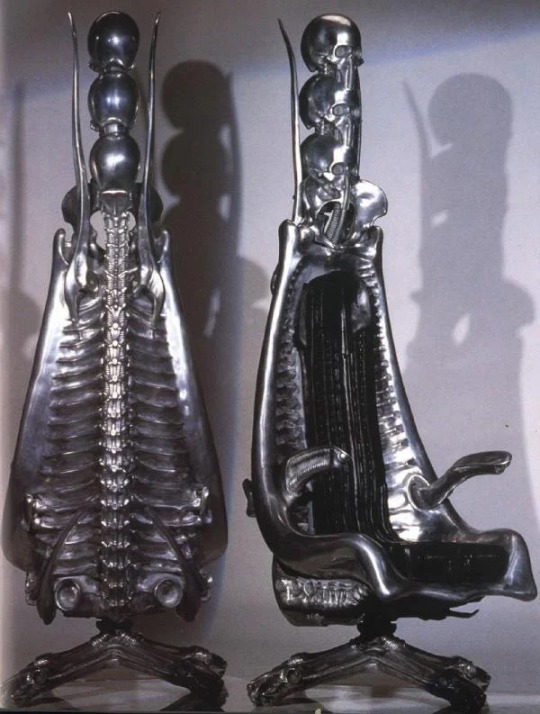
H. R. Giger: Harkonnen Chair (1965)
7K notes
·
View notes
Text


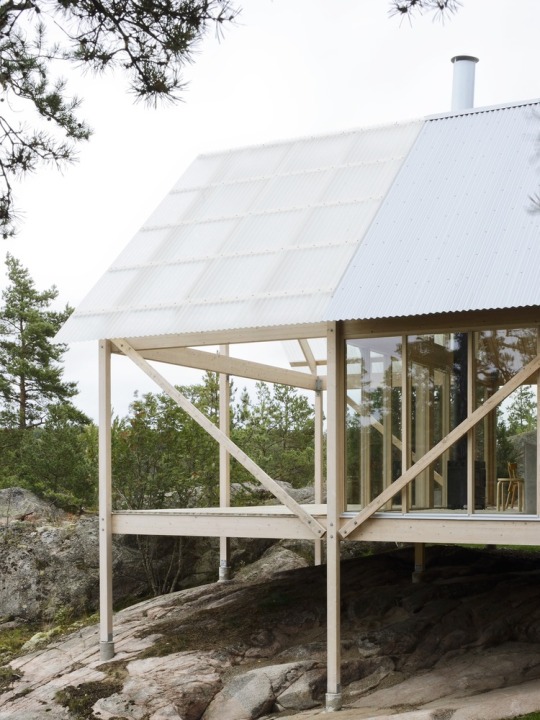
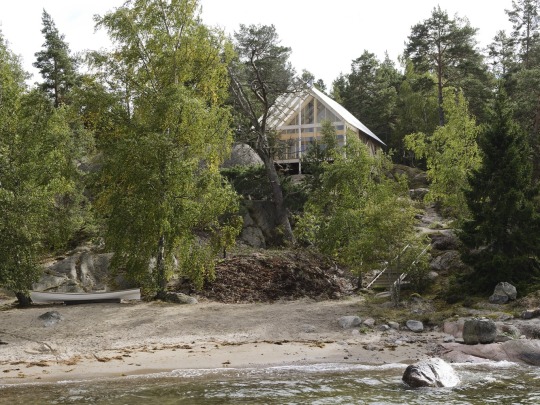
viggsö ~ arrhov frick arkitektkontor | photos © mikael olsson
#architecture#cabin#cabins#sweden#corrugated#translucent#fiberglass#roofing#simple#minimal#gables#structural#cross bracing#piloti
148 notes
·
View notes
Photo

Kerry James Marshall's 'Vignette', acrylic / fiberglass, 2003
#portrait#acrylic#american art#kerry james marshall#fiberglass#contemporary#art#painting#african american art
141 notes
·
View notes
Text

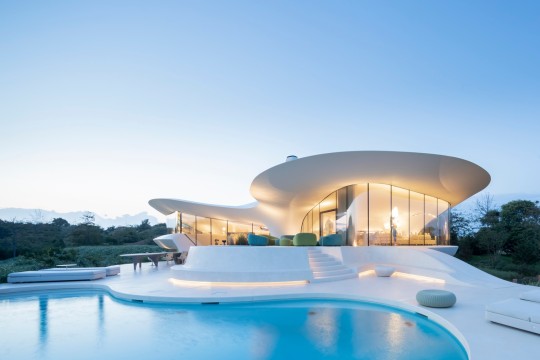

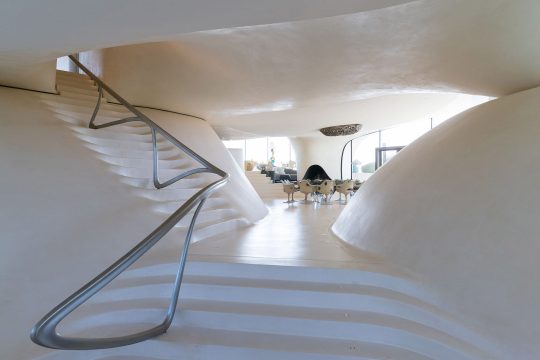

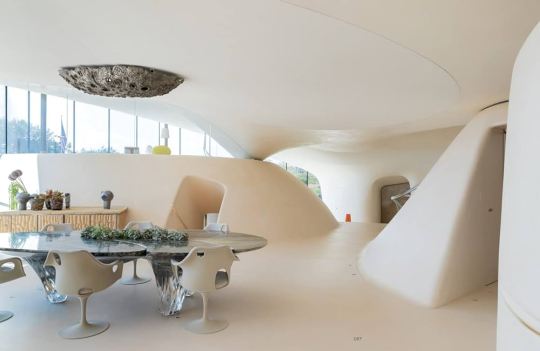
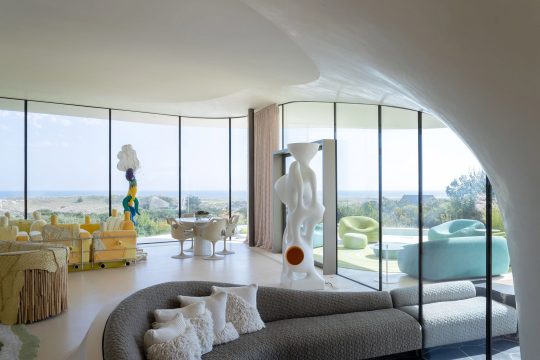
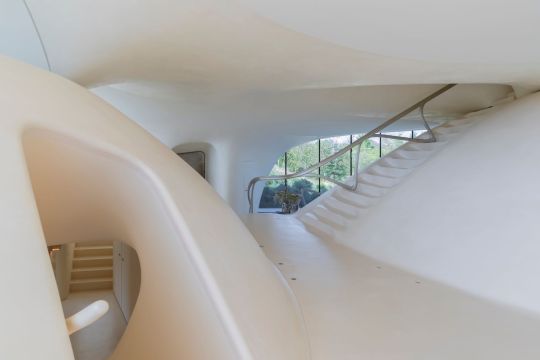


‘Blue Dream,’ Long Island, New York,
Diller Scofidio + Renfro (DS R)
#art#design#architecture#sculpture#blue dream#new york#long island#luxury house#luxury home#luxurylifestyle#diller scofidio#renfro#fiberglass#robert s taubman#julie reyes taubman
338 notes
·
View notes
Text
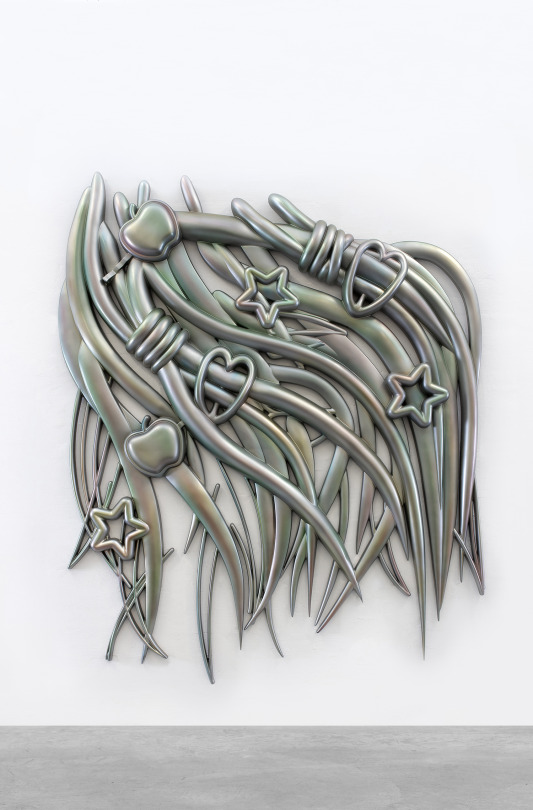
Will it fill our thoughts with endless night time sky, Shuang Li, 2022
Sculpture - Fiberglass, paint
196 x 160 x 11 cm (77 x 63 x 4 in)
Unique
@shuangbot @peresprojects
#peresprojects#peresprojectsberlin#shuangli#2022#Sculpture#Fiberglass#paint#contemporary#contemporaryart#art#curator#movesmood#unique
2K notes
·
View notes
Text
Red Moss Room

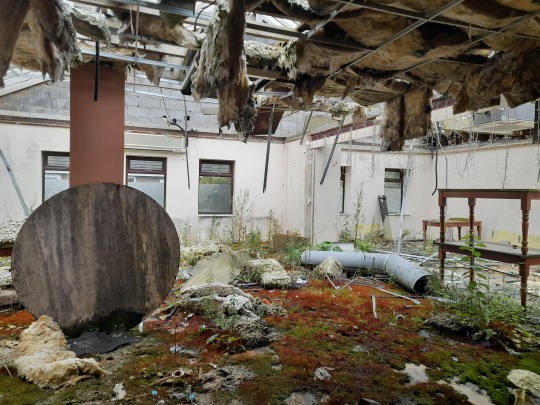
There was an insane amount of red moss growing in this dining room.
#urban exploration#urbex#red moss#carpet moss#abandoned restaurant#abandoned#urban decay#decay#moss#rot#mould#fiberglass#metal pipe#abandoned places#abandoned buildings
159 notes
·
View notes
Text
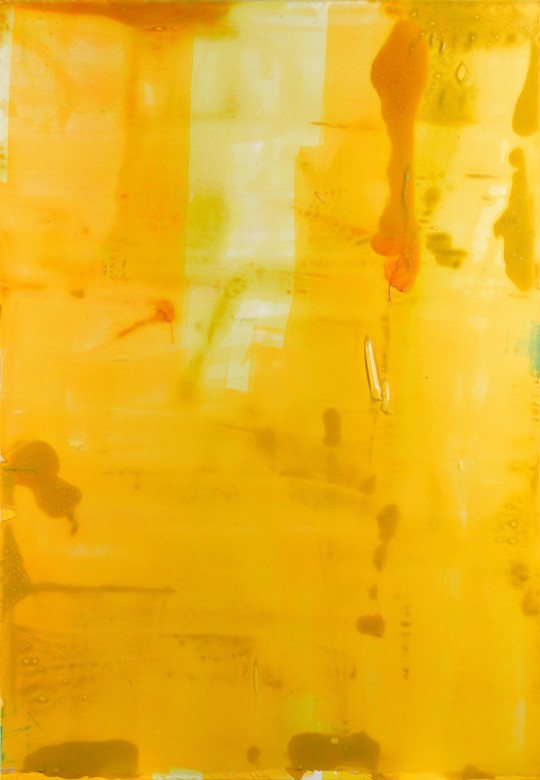
Alex Hubbard, "Not Yet Titled, April 06," 2010,
Fibreglass, Resin, and Acrylic Enamel on Canvas,
183 by 127 cm. (72 by 50 in.),
Courtesy: Sotheby's
#art#abstract#abstraction#painting#forms#abstractart#alex hubbard#not yet titled#06#2010#fiberglass#resin#enamel#yellow#sotheby's
42 notes
·
View notes
Text
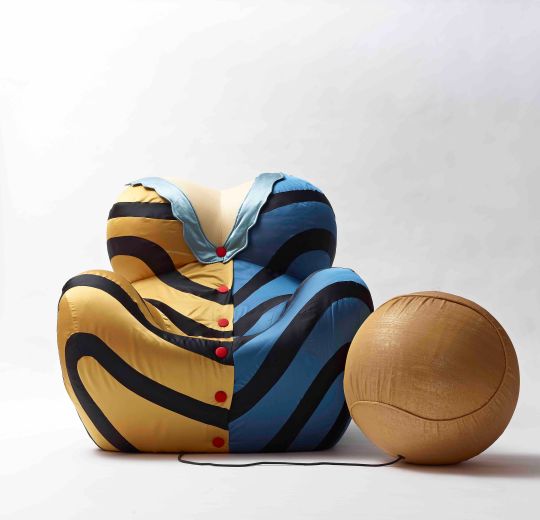

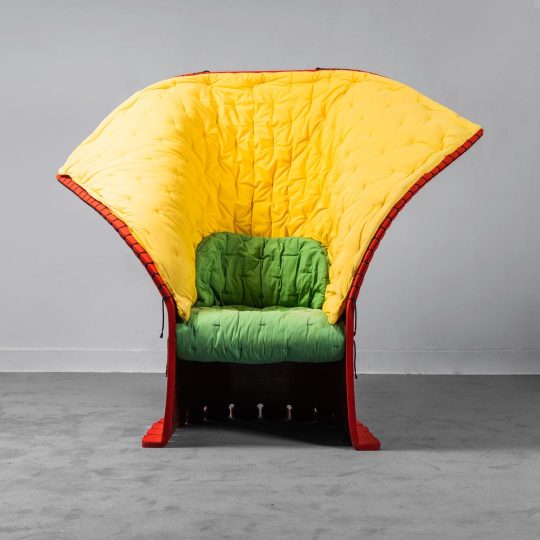



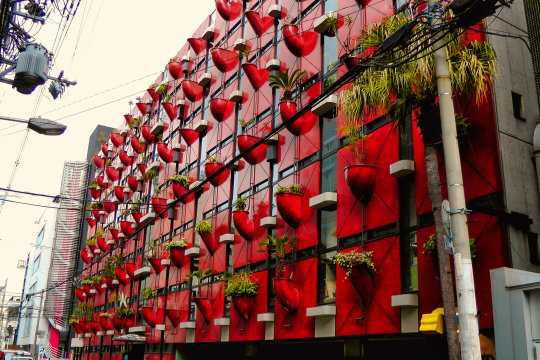

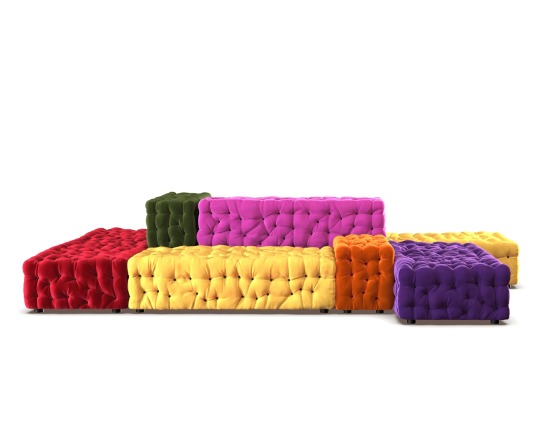
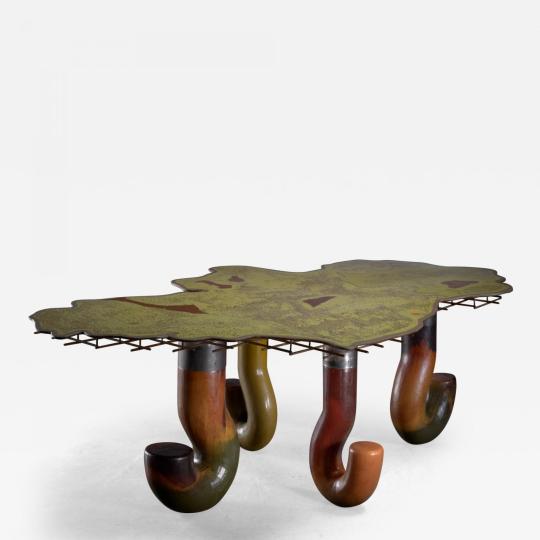
Gaetano Pesce (8 November 1939 – 3 April 2024)
Moving against the stream of rational, functional modernism in the 1960s and early 70s, Mr. Pesce experimented with materials and production methods to create furniture pieces imbued with political or religious meaning for brands from Cassina to B&B Italia.
Many would go on to become icons of Italian design including the Up5 chair – an innovative vacuum-packed chair designed to resemble a female prisoner – which he designed for B&B Italia precursor C&B.
Pesce moved to New York in 1983 and began to move away from mass production to create "standardised series" in everyday materials like resin, adapting conventional production techniques to create varied and imperfect outcomes.
The result are pieces such as the 1884 Pratt chair, which toe the line between functional design and decorative art, helping to create a new category that would later become collectible design.
Mr. Pesce was born in the Italian city of La Spezia in November 1939, only two months after the start of world war two.
As was common at the time, he trained in both architecture and design, studying first at the University of Venice and later at the Venice Institute of Industrial Design.
Among his architecture projects is the Organic Building in Osaka from 1993, with its plant-covered facade made of orange fiberglass that served as a precursor to today's vegetation-covered green walls.
But Mr. Pesce's most pioneering and well-known work happened in the world of design. In the late 1960s, he became one of the leaders of Italy's Radical Design movement, rejecting modernism's rigid focus on forms dictated by function.
Instead, Pesce focused on the idea that functional objects, much like art, could carry a deeper message.
One of the most famous examples is the controversial Up5 chair from 1969, which manufacturer B&B Italia describes as "the first product of Italian design with a political meaning".
Rest In Power !
"Up 5 & 6" Dressed Up Chair & Ottoman, 1969 – 2014, Polyurethane foam, fabric, Height: 40.5 in (102.87 cm)Width: 47 in (119.38 cm)Depth: 51 in (129.54 cm)Seat Height: 16 in (40.64 cm),
“Square Airport Lamp” (1986/1994). Photography by Elizabeth Carababas/The Future Perfect. Light sculpture consisting of a flexible rubber membrane studded with small light bulbs. Although made from a mold, no two lamps are alike, due to the imperfections that arise from the hand-mixing and pouring of colored urethane. H 92 - W 65 Cm,
"Feltri" Armchair for Cassina, 1980 -1989, Felt, Fabric, Resin, Width: 156 cm, Depth: 80 cm, Height: 129 cm, Seat height:42 cm, Courtesy: Oldera,
"Pratt Chair #7," 1984 2018 (purple), 2018, Transparent polyurethane, :93 x 53 x 53 cm. (36.6 x 20.9 x 20.9 in.),
"The Cabinet of The Tired Man," 2018, Photo: Courtesy of Salon 94 Design and Gaetano Pesce,
"Tramonto a New York" three-door screen, for Cassina, Made of coloured resin, hinges and feet in burnished brass, Width: 221, Height: 199,
"Organic" Building, Osaka, Japan, Completed in 1993 to embody the corporate ideal of Oguraya Yamamoto Co., Ltd,
"La In-Portante" Modular Bookshelf from the "Abbraccio" Series, 2010. Comprising 57 adjustable polyurethane resin shelves. Produced by Le Fablier, Italy. Polyurethane resin, painted wood, lacquered metal, 86½ x 118¾ x 16⅞ in. (219.7 x 301.6 x 42.6 cm) Courtesy of Sotheby's,
La Michetta Modular Sofa,Compostion of 8 by Meritalia, Structure in Lacquered Wood Seat with Elastic Belts, Flexible Polyurethane & Fiberfill Padding, Dimensions: W370 x D245cm,
Unique 'Ireland' table, Made of polyurethane and metal. The table was made and exhibited in 1996 by Gallery Mourmans, Knokke-Zoute, Belgium. It was part of a series of 'EU tables', where all 15 member countries were represented as a table, in this case Ireland. The top of the table has the shape of the outlines of the country and it stands on legs in the shape of question marks. W.80.71 in;H.28.74 in;D.57.09 in; (W.205 cm;H.73 cm;D.145 cm), Courtesy: Incollect.
#art#design#sculpture#furniture#seat#chair#forms#cassina#B&B#polyurethane#incollect#ireland#modular#bookshelf#table#fiberglass#sofa#gaetano pesce#rip#rip gaetano pesce#screen#iconic#up5#UP6#political#pratt chair#feltri#tramonto#new york
32 notes
·
View notes
Text

Hung like a bear - Oregon
Harry Snowden
#photographers on tumblr#pnw#pacific northwest#smokey the bear#wildfire season#bear#original photography#McKenzie River#oregon#travel#fiberglass
143 notes
·
View notes
Text

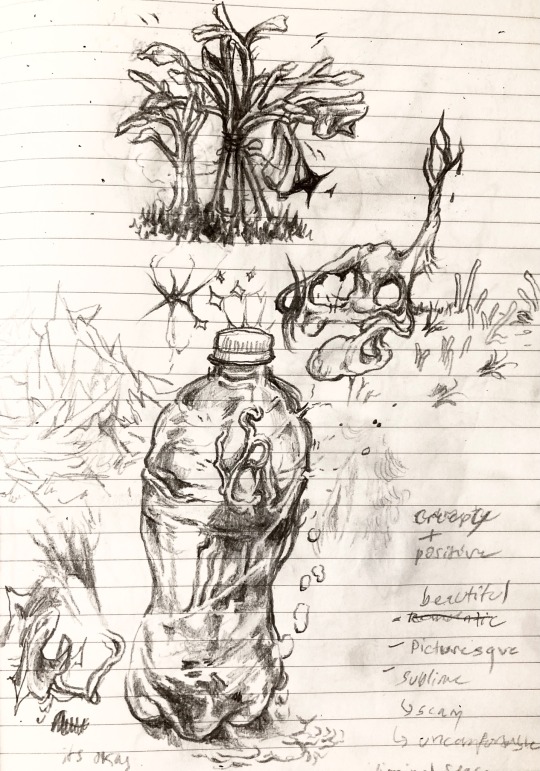

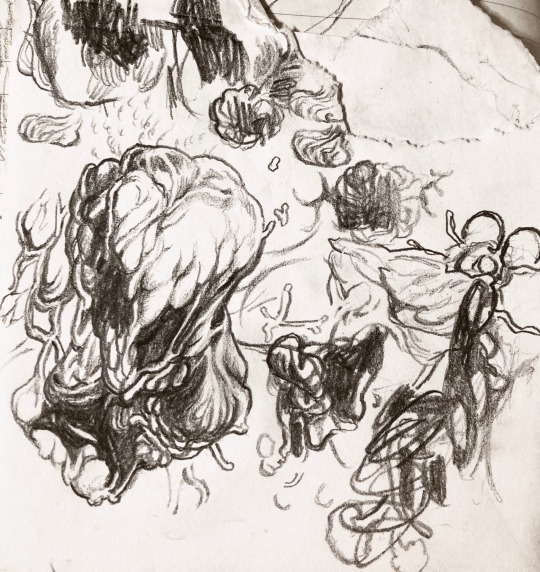
#pencil#abstract#traditonal art#veins#alien#fiberglass#water bottle#class doodles#shading#artists on tumblr#pencil sketch#art
555 notes
·
View notes
Text

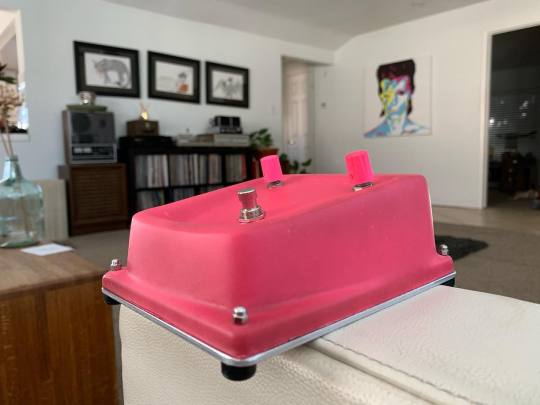
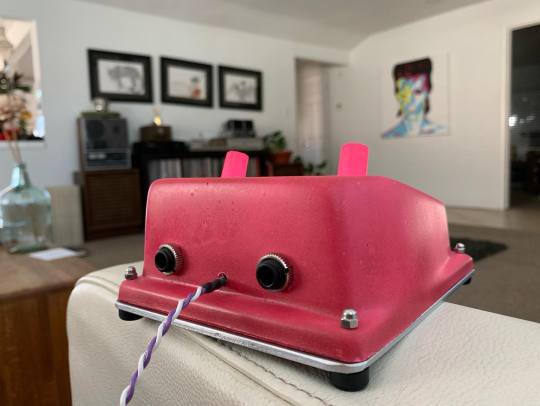
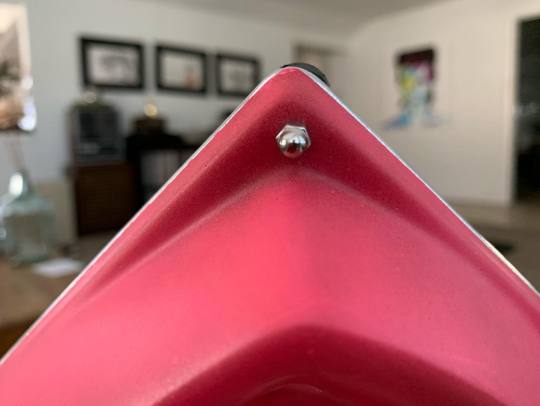
TONEBUTCHER - pink fiberglass octavepuss
9v plug perfectly imperfect unshielded for environmental manipulation 001/1
cred: instagram.com/tonebutcher
23 notes
·
View notes
Text
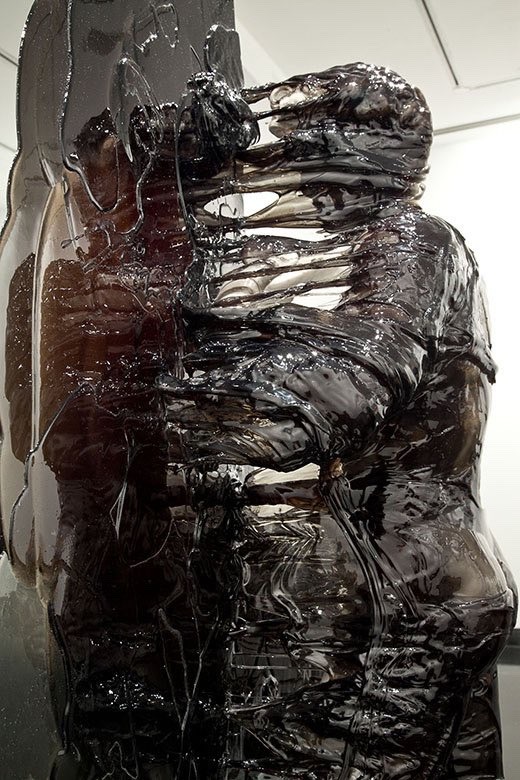
Nick Van Woert: Disappear (2012) medium: fiberglass
2K notes
·
View notes
Text


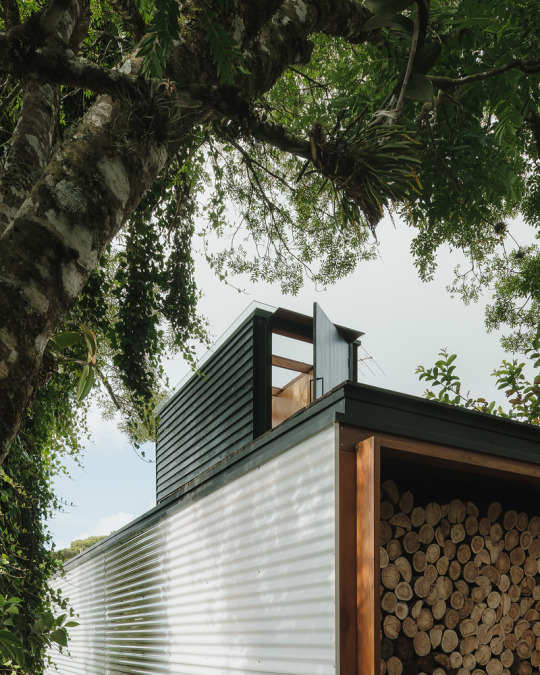
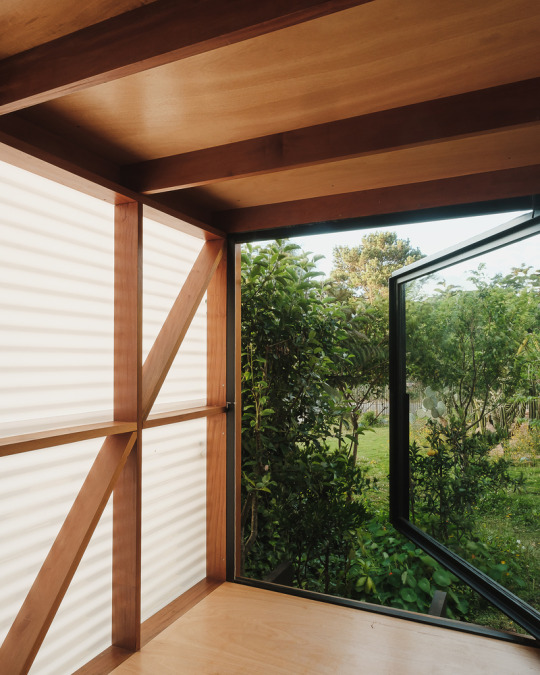
shed ~ sauermartins | photo © pedro kok
268 notes
·
View notes
Text

Ironically the best environment for using Fiberglas, sunny and warm, is also the worst place for it if you are hoping not having to replace it every 5 years.
Better Homes and Gardens August 1954
#vintage ad#vintage ads#advertising#advertisment#1954#fiberglas#fiberglass#building materials#mid century modern#vintage interior#1950s#1950's#1950s ad#1950's ad#funny#humor#humour
27 notes
·
View notes
Text

Holding sand cast urethan foam mask in my studio, early 70's. I cast the eyes out of acrylic resin with dyes, using glass molds, very thin, that were available at the time. The other figure was sort of a take on a kachina, also sand cast. And also you can see a bit of some fiberglass windows I made using deck cloth & resin with dyes. I put the fiberglass loose in a frame and just let it find its own ballooning shape. The wall enclosed my bedroom.
#studio#masks#sculpture#fiberglass#acrylic resin#sand cast#old sweater#unheated warehouse#freezing in winter#loft life
16 notes
·
View notes
Link
A new fiberglass recycling technology is helping to develop a circular wind turbine economy while creating jobs and revitalizing a historic site.
Carbon Rivers, a company that produces advanced material and energy technologies, has commercialized a process to recover clean, mechanically intact glass fiber from decommissioned wind turbine blades. Glass fibers are a key part of the composite—a material made up of multiple constituents such as polymers and fibers—used to create wind turbine blades. Typically, turbine blades are 50% glass or carbon fiber composite by weight. However, Carbon Rivers upcycles all components of the blade, including the steel.
Funded by the U.S. Department of Energy’s (DOE) Wind Energy Technologies Office, the Carbon Rivers project team... successfully scaled up a recovery process that has the capability to divert thousands of tons of waste that would otherwise be destined for landfills. To date, Carbon Rivers has upcycled a few thousand metric tons and is building capacity in their new facility to take in over 50,000 metric tons annually.
“This is an extraordinary leap for upcycling materials from wind turbines and closing the loop on a circular renewable energy economy,” [project member Eva] Li said. “This research will have an enormous global impact on the sustainability of wind energy.”
A sustainable, circular economy for the wind energy industry means that materials that previously ended up in post-consumer waste streams can go directly into next-generation turbine blade manufacturing.
Coming Soon: The United States’ First Wind Turbine Blade Recycling Center
Carbon Rivers is now in the process of separating part of its business into a stand-alone entity called Windfall Inc. which will develop the first full-scale U.S.-based glass fiber recycling facility... outside Knoxville, Tennessee.
The original technology demonstration of this circulate process was made possible through the U.S. Department of Energy’s Small Business Technology Transfer program, which provides grants to small businesses.
“The emergence of a sustainable fiberglass industry will provide a circular economy supply chain for the renewable energy sector and produce hundreds of new jobs focused on domestic materials production to support our energy infrastructure and decrease the United States’ dependence on foreign imports for fiberglass products,” Benson said.
The planned facility is expected to process approximately 200 metric tons, or 5,000–7,000 fiberglass wind turbine blades each year, depending on blade size and generation. The recovered fiberglass can then be directed into new composites production.
“With Carbon Rivers’ novel process, today’s decommissioned blades can become tomorrow’s wind turbine blades and electric vehicles,” Benson said.”
-via the Department of Energy R&D Newsletter, Fall 2022
#wind power#wind turbines#wind energy#renewable energy#circular economy#sustainability#united states#department of energy#small business#recycling#fiberglass#tennessee#biden#good news#hope
65 notes
·
View notes